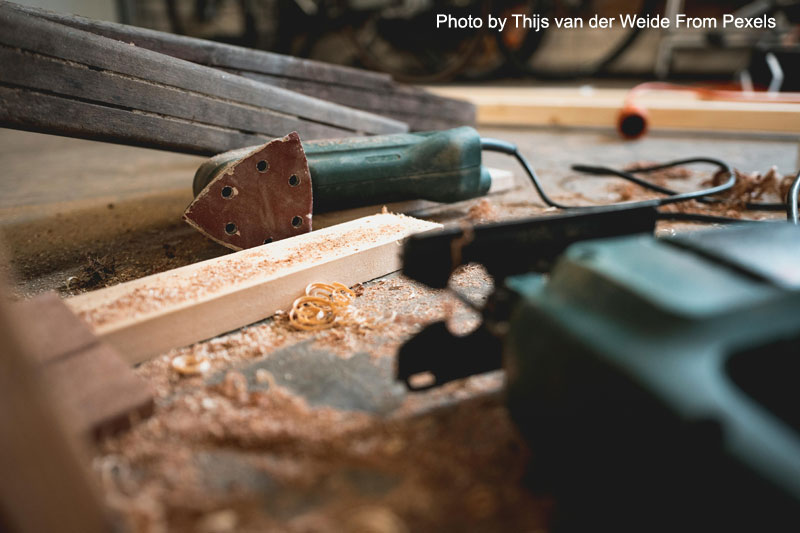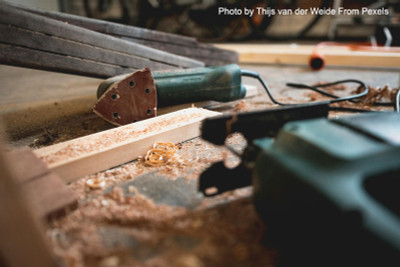Exotic Wood: What is Cocobolo?
19th Feb 2024

Woodworking allows you to create beautiful pieces that are both artistic and functional. Different exotic woods are best for different types of projects. To choose a suitable wood for your project, understanding the qualities of these exotic woods, including Cocobolo, is essential. Let’s explore this unique wood, find out what it is, and how to use it effectively.
What is Cocobolo?
Cocobolo wood is a tropical hardwood native to Central America, primarily found in Nicaragua, Costa Rica, Panama, and parts of Mexico. Highly valued for its distinctive appearance, density, durability, and resistance to rot and insects, cocobolo wood is popular for use in fine furniture, musical instruments, turnings, and other small specialty objects.
This exotic wood can be seen in a kaleidoscope of different colors, ranging from yellow to shades of brown with streaks of black or purple. The sapwood is typically a very pale yellow. The colors are lighter when freshly sanded or cut but tend to darken as the wood ages.
Here are some other interesting features of cocobolo wood:
Grain/Texture – The grain is straight to interlocked, with a fine, even texture and good natural luster.
Rot resistance – Cocobolo’s natural oils reportedly give it good resistance to degradation from wet/dry cycles during the year, which means pieces made from this wood can better handle seasonal weather changes that result in moist or dryer air.
The Workability of Cocobolo
To get the best outcome for your project when working with Cocobolo, it is crucial to understand how this wood reacts during different parts of the woodworking process. Below are a few things to keep in mind before starting your project.
- Due to its high oil content, cocobolo wood can have problems during gluing. You may have to give extra time for gluing or use a wood glue formulated for high-oil exotic woods.
- When you apply a finish, the Cocobolo’s color can bleed into other wood. Care must be taken during the first sealing process to prevent smear of the wood’s color/oils in surrounding areas. It is also important to consider how you will use Cocobolo and what types of wood you are pairing with it to understand how both types of wood will respond to specific types of stain and finishing.
- Tearout can occur when planing if interlocked grains are present. The wood also has a moderate blunting effect on cutting edges or tools due to its high density. Be sure to monitor the sharpness of your tools throughout the process of working with Cocobolo.
- Unlike other woods, Cocobolo has a distinctive spice-like scent during the working phase. Although some people find it unpleasant, others recognize it from its use in women’s perfumes. To avoid being affected by the odor, you can utilize masks that filter the air and reduce the strength of the scent.
- Cocobolo is also known to trigger allergies and cause skin, eye, and respiratory irritation. Taking precautions while working with Cocobolo can help to reduce the potential for allergic reactions. If you have an allergic reaction to Cocobolo, you should also take precautions with other woods that are closely related to this exotic wood.
There are multiple things to consider when working with cocobolo wood. As with all exotic woods, sustainability plays a role in its availability. Cocobolo is expensive since there is a limited supply available. Currently, it is listed on CITES Appendix II under the genus-wide restriction on all Dalbergia species, which includes finished products made of that wood. Cocobolo is listed on the IUCN Red List as vulnerable due to a population reduction of over 20% within the past three generations. A reduction in the natural range and exploitation fuels this decline.
There are many things to consider when deciding whether to work with Cocobolo. If you are looking for a less expensive option that still gives you unique colors and grains, Global Wood Source can help you find suitable exotic wood to fit your needs.
Global Wood Source is a family-owned and operated lumber yard and mill specializing in exotic woods from around the world and rare domestics. We personally acquire and inspect each piece of log and timber obtained from forests and jungles worldwide.

